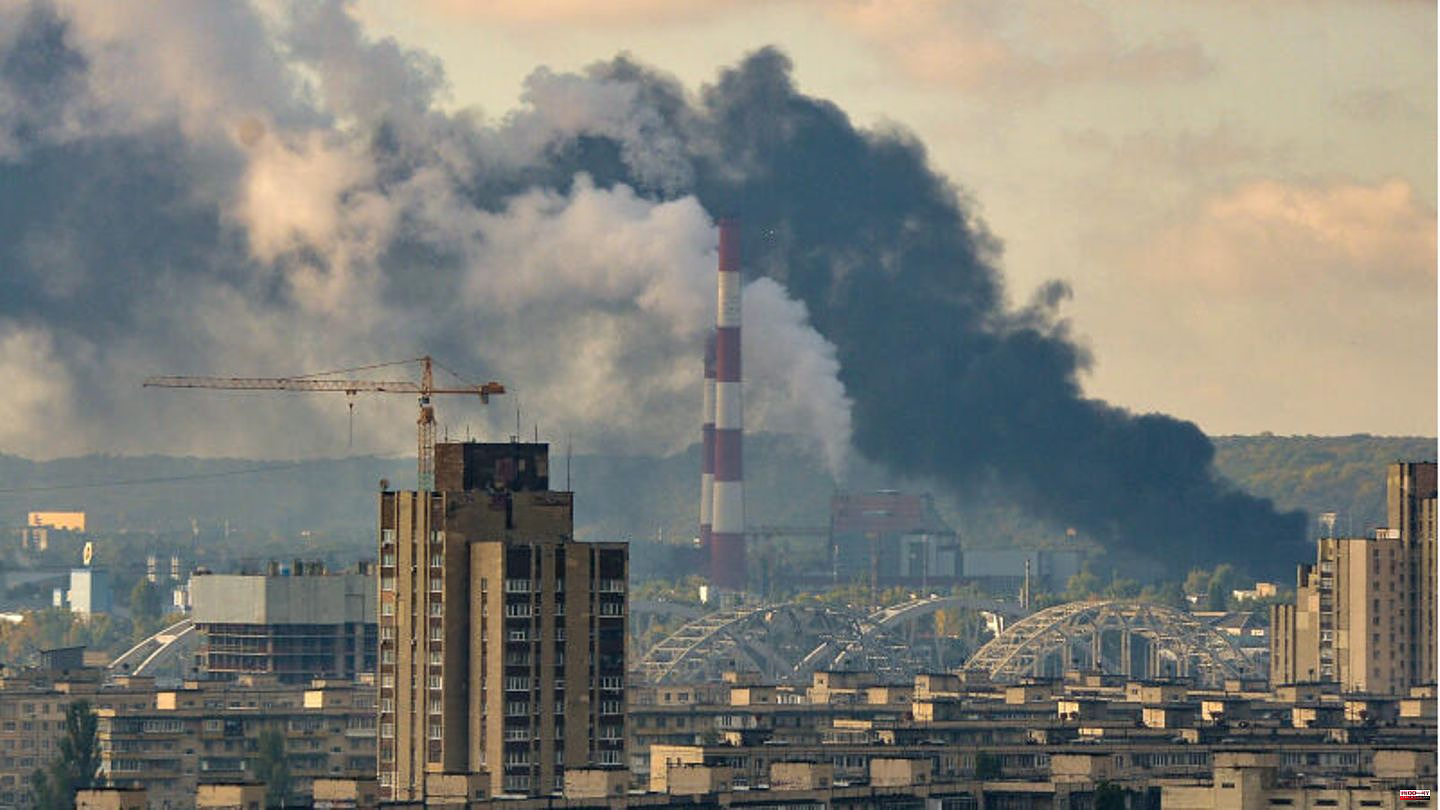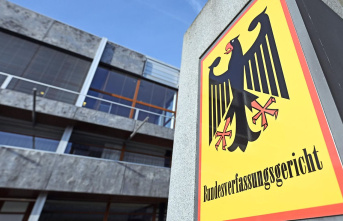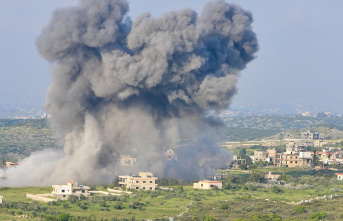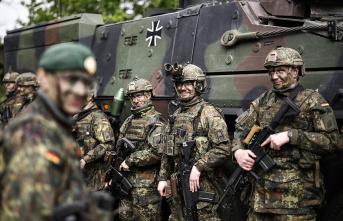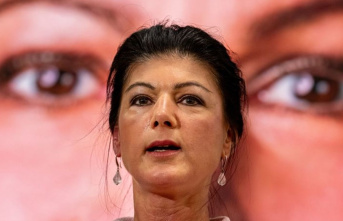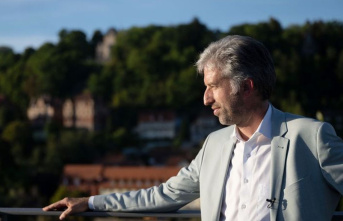While Ukrainian troops are putting one foot in front of the other heading south and the pro-Russian authorities are urging all civilians in Kherson to leave the city "immediately", the Russian invaders are constantly shelling the country with rocket fire. The attackers specifically target the energy infrastructure. According to Kyiv, more than a million households had no electricity on Saturday. President Selenskyj once again called on the population to save electricity and spoke of "vile blows against critical objects". He also described the attacks as "typical tactics used by terrorists".
After the first wave of attacks on October 10 and 11, almost a third of the energy infrastructure was hit by Russian missiles, said Ukrainian Energy Minister Herman Halushenko. The blackout not only hit the contested areas in the south and east, but also spread across much of the country, from the Kyiv region to cities deep in the west. In fact, the massive attack on civilian infrastructure is part of a blackout strategy with which Russia wants to wear down the neighboring country in a dark winter.
Before the first Russian tanks rolled across Ukraine's borders on February 24, most experts assessed the risk that Putin could initially target the country's energy supply as low. After all, it was still assumed in the West – and probably also in the Kremlin – that Kyiv would be taken in a blitzkrieg, that a regime loyal to Moscow would be installed and that Ukraine would become a vassal state. An intact infrastructure would have been desirable from a Russian point of view, writes Andrian Prokip from the Wilson Center, a US research center. Except for attacks on the fuel supply, which is crucial for logistics, the experts were right.
In view of the successes that the Ukrainians have been able to celebrate in the past two months, it is little wonder that the Kremlin has changed its mind and is now targeting the energy supply after all. After all, it is also "an effective means of exerting psychological pressure on citizens," says Prokip. Since then, Kyiv has had to withdraw air defense systems from the front to protect the most sensitive parts of the infrastructure.
In and of itself, this martial approach is nothing new: the Russian general staff had already taken similar action in Chechnya and Syria. However, as the US news portal "Vox" analyses, the extent to which the invaders are now bombing the infrastructure is due to desperation in the face of the rapidly advancing Ukrainians. The Russians have a short-term bargaining chip in view of the impending loss of the strategically (and morally) important city of Cherson: the blowing up of the huge dam at the Kakhovka hydroelectric power station.
Its destruction would have devastating consequences, the masses of water released as a result would have dimensions similar to the detonation of an atomic bomb, says military expert Carlo Masala in the stern podcast "Ukraine – the situation". Zelenskyi also emphasized on Thursday that an attack on the dam would lead to severe flooding in the populated areas along the Dnipro and ultimately also in Kherson itself.
Kyiv firmly believes the dam's destruction is just part of an illegal Russian war tactic aimed at crippling the country's entire civilian infrastructure. According to an analysis by the US think tank "Institute for the Study of War", it can be assumed that the Russian occupiers will blow up the dam to cover their retreat. However, they would blame the liberators for this.
"Vox" points out that this scorched earth tactic also poses an enormous threat to the contested Zaporizhia nuclear power plant. Europe's largest nuclear power plant relies on Kakhovka to cool the fuel rods. Similar to Zaporizhia, Kakhovka's operations depend on Ukrainian employees who have kept the plant running -- essentially in hostage -- since the Russian conquest in March. Of course, the Kremlin knows that too, and is likely to put up with both flooding and a nuclear catastrophe.
The rapid advance of the liberators is a race against time. With the most recent attacks on the infrastructure, the Russian military leadership is obviously hoping to be able to save itself in the winter. Not only that, the Ukrainian offensive is likely to falter in the muddy ground in the coming months. With the destruction of power plants and power lines and the horrific prices for energy imports, Ukraine is threatened with a cold and dark winter. There are already two problems.
Problem number 1: The Ukrainian power supply is vulnerable anyway. Almost half of Ukraine's power generation has been out of operation for a long time, and only eight of the 15 nuclear power plants are still running, reports the US think tank "Atlantic Council". For this reason, the energy company DTEK had to increase its production by 16 percent in mid-September to prevent nationwide blackouts. The question arises as to why the lights in Ukraine are still on at all? The answer is simple: demand has fallen by around 35 percent since the beginning of the war. As of today, one-fifth of the territory is still not under Kiev's control, millions of Ukrainians have left the country, entire cities – and with them the need for electricity – lie idle.
Until recently, it even looked as if the country could export surplus electricity. With the Russian air raids, however, the sensitive network is now on the verge of collapse, especially since the transmission systems have also come under fire. "No power system, no matter how reliable, is designed to withstand repeated massive air raids. And repairing the system takes more time than the frequency of recent air raids allows," says Prokip of the Wilson Center.
Problem number 2: When it comes to heating, the situation is hardly any better. Naftogaz, the state-owned Ukrainian energy giant, has stored almost 14 billion cubic meters of natural gas for the winter, according to the Atlantic Council. That is at least four billion cubic meters too little - and only if the winter is mild. In contrast to electricity, it is significantly harder to save on gas. The heating systems are run by the municipalities – so they are either on or off for an entire city.
The country is preparing for the crisis as best it can. Critical facilities such as hospitals have already been quietly equipped with emergency generators, reports the British "Guardian". But for the majority of the civilian population, that will hardly be possible. Gas is already no longer reaching some front areas.
The fear of the dark, cold winter conjures up a bogeyman that is also well-known in the West. "If there is no electricity, heating or water in Ukraine, it could trigger a new migration tsunami," Ukrainian Prime Minister Denys warned the "Frankfurter Allgemeine Sonntagszeitung". The Guardian claims to have learned from an international aid organization that the 7.7 million people who have already left Ukraine would then be added to an estimated two million.
Only one person can hope for something from this chaos: Vladimir Putin. Because with a new refugee crisis, the West could feel compelled to do something it has so far strictly avoided and push Kyiv to negotiate. Its allies must do everything in their own interest not to let it get that far in the first place.
Sources: "Vox"; "Atlantic Council"; "Wilson Center"; "The Guardians"; with dpa

